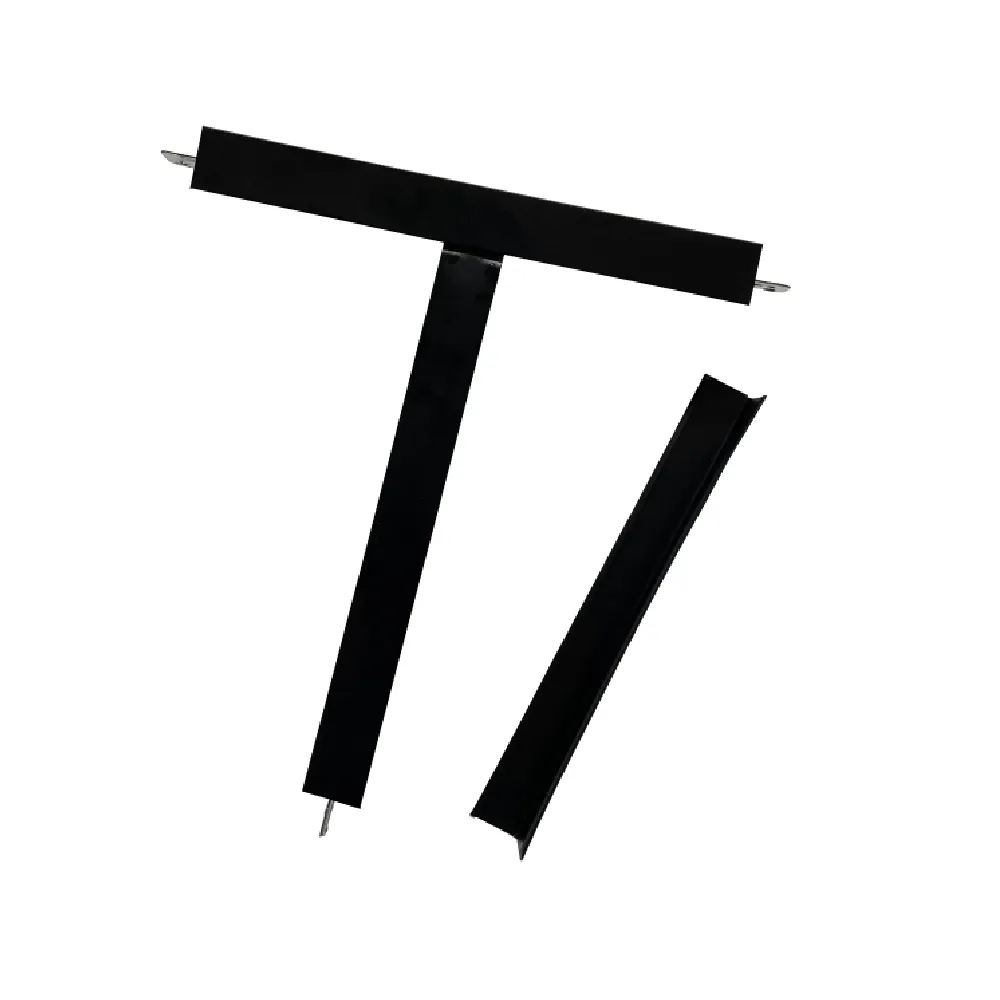8 月 . 07, 2024 16:00 Back to list
Exploring the Importance and Applications of False Ceiling Access Panels in Modern Interior Design
Understanding False Ceiling Access Panels A Comprehensive Guide
In modern architecture and interior design, maintaining aesthetic appeal while ensuring functionality is critical. One essential component that bridges these two aspects is the false ceiling access panel. While often overlooked, understanding its importance, functionality, and installation can significantly enhance the overall design and utility of a space.
What is a False Ceiling Access Panel?
A false ceiling, also known as a dropped or suspended ceiling, is a secondary ceiling that is installed beneath the main ceiling. Access panels are specific sections of this ceiling that are designed to open and provide entry to the space above. They are particularly effective in maintaining the clean lines and continuity of a false ceiling while allowing necessary access for maintenance and inspections of electrical systems, plumbing, and HVAC components hidden above.
Importance of Access Panels
Access panels serve several critical functions. Firstly, they contribute to the aesthetic appeal of a space by hiding unsightly wiring, ducts, and pipes from view. This creates a seamless and polished look, crucial for commercial buildings, offices, and high-end residential areas. Secondly, they provide a practical solution for facility managers and maintenance personnel, allowing quick and easy access to essential systems without the need to disrupt the entire ceiling.
Additionally, well-placed access panels can significantly reduce maintenance time and costs. For instance, if an electrical fault occurs or there is a need to conduct a routine inspection of the HVAC system, an access panel enables technicians to reach these systems efficiently, minimizing downtime and disruption to business operations or household routines.
Types of Access Panels
False ceiling access panels come in various types, tailored to suit different materials and designs. The most common types include
false ceiling access panel

2. Non-flanged Access Panels These are flush with the ceiling and designed to blend in, making them nearly invisible. They are ideal for areas where aesthetics are paramount.
3. Fire-rated Access Panels In settings where fire safety is a concern, these panels are made from materials that can withstand specific temperatures, ensuring they do not compromise the integrity of fire-rated ceilings.
4. Acoustic Access Panels Designed for sound-sensitive environments, such as recording studios or offices, these panels help in minimizing noise transfer while providing access to hidden systems.
Installation Considerations
When installing false ceiling access panels, there are important factors to consider. Firstly, the location of the panels should coincide with the necessary access points for maintenance tasks. Coordination with MEP (Mechanical, Electrical, and Plumbing) professionals during the design phase can optimize this placement.
Secondly, the size of the access panel should be large enough to allow easy entry but also small enough to maintain structural integrity. It is often recommended to select panels that are lightweight yet durable to ensure they can withstand frequent use without warping or bending.
Lastly, the finish of the panel should match the surrounding ceiling to maintain a cohesive look. Manufacturers often provide paints or finishes that can be customized to blend seamlessly with various ceiling designs.
Conclusion
False ceiling access panels are a vital element in the intersection of design and functionality. They protect and conceal essential building systems while providing the necessary access for maintenance and inspection. Understanding the types available, their importance, and proper installation will help builders, designers, and homeowners make informed decisions that enhance the utility and aesthetic of their spaces. As we move towards more integrated building designs, the role of access panels will only continue to grow in significance, ensuring that our spaces are both beautiful and functional.
-
Revolutionizing Interior Design with Ceilings t grid Suspended SystemNewsOct.29,2024
-
Revolutionizing Ceiling Design with ceiling access panel with Gypsum Tile WaterproofNewsOct.29,2024
-
Revolutionizing Interior Design with PVC Gypsum Ceiling: A Comprehensive GuideNewsOct.29,2024
-
Elevating Interior Design with High quality Mineral Fiber Ceiling TilesNewsOct.29,2024
-
Revolutionizing Interior Design with PVC Gypsum Ceiling: A Comprehensive GuideNewsOct.29,2024
-
Elevating Interior Design with High-Quality Mineral Fiber Ceiling Tiles: A Comprehensive GuideNewsOct.29,2024







